Rocks: Clean Or Green?
Cytania
19 years ago
Related Stories
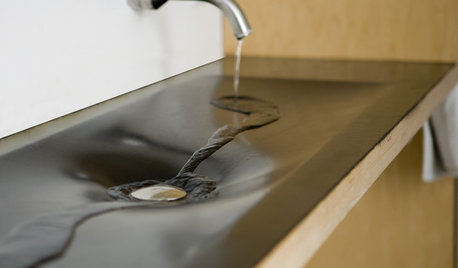
BATHROOM DESIGNGreen and Clean: Ecofriendly Bathroom Sinks
Sinks crafted from recycled rubber, glass and more make for showstopping bathroom features and are more affordable than ever
Full Story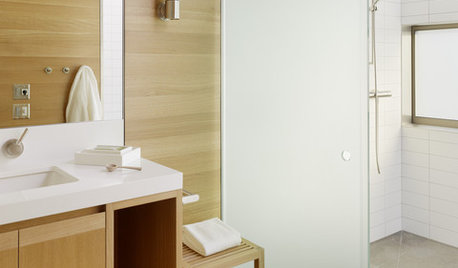
BATHROOM DESIGNGreen and Clean: Ecofriendly Bath Floors
Foot-massaging pebble tile, beautiful recycled glass and more can help make your bathroom beautiful and earth friendly
Full Story
HOUZZ TOURSMy Houzz: An Architect's Contemporary Green Home
An architect in Ojai, California builds his dream family home with a bedroom rock climbing wall, built-in bunkbeds and a stunning deck
Full Story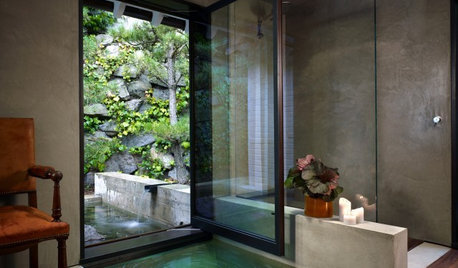
BATHROOM DESIGNGreen and Clean: Ecofriendly Tub and Shower Surrounds
Keep your bathroom beautiful and your footprint green with long-lasting, ecofriendly surface materials
Full Story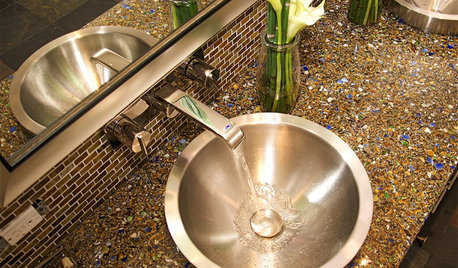
BATHROOM DESIGNGreen and Clean: Ecofriendly Bath Countertops
Today's green bathroom countertop options represent a trifecta of style, affordability and hygiene
Full Story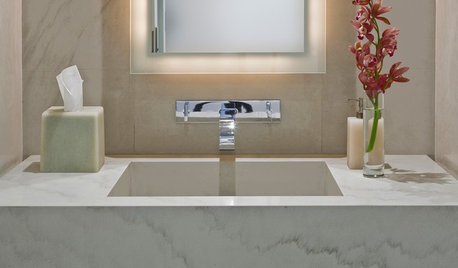
BATHROOM DESIGNGreen and Clean: Sleek Water-Wise Bathroom Fixtures
By choosing ecofriendly faucets, showerheads and even toilets, you can save loads of water and money without sacrificing style
Full Story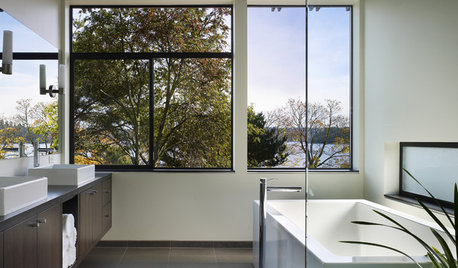
BATHROOM DESIGNGreen and Clean: Ventilate for a Healthy Bathroom
Ridding your bathroom of excess moisture is vital for indoor air quality. Here's how to do it best
Full Story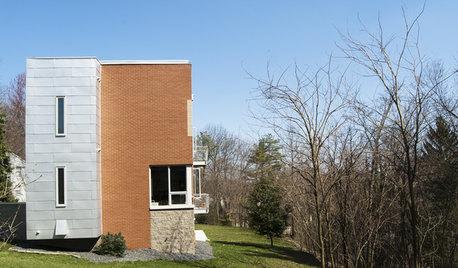
HOUZZ TOURSMy Houzz: Green and Modern in Pennsylvania
An architect and his wife craft a modern family home with clean lines, a warm interior color palette and an ecofriendly bent
Full Story0

MOST POPULAR33 Magic Household Cleaning Tips
Houzzers from around the world share their tips for transforming housework into child’s play
Full Story
HOUSEKEEPINGHow to Clean a Glass Shower Door
See which tools and methods will keep those glass shower walls and doors sparkling clean
Full StorySponsored
Franklin County's Full Service, Turn-Key Construction & Design Company


george_in_the_uk
crashboxsus
Related Professionals
Forest Park Landscape Architects & Landscape Designers · Ilchester Landscape Architects & Landscape Designers · Mount Wilson Landscape Architects & Landscape Designers · Brookside Landscape Contractors · Bethel Park Landscape Contractors · Brockton Landscape Contractors · Ellensburg Landscape Contractors · Fort Myers Landscape Contractors · Paso Robles Landscape Contractors · Washington Landscape Contractors · Four Corners Landscape Contractors · Maple Heights Landscape Contractors · Orland Park Decks, Patios & Outdoor Enclosures · Richmond Decks, Patios & Outdoor Enclosures · Wheaton Decks, Patios & Outdoor EnclosuresJando_1
Herb
Intlokie
Lee_ME
Herb
didgeridoo
Lee_ME
george_in_the_uk
Jando_1
Herb
asuka
Lee_ME
Herb
asuka
didgeridoo
asuka
Herb
Lee_ME
ScottReil_GD
Herb